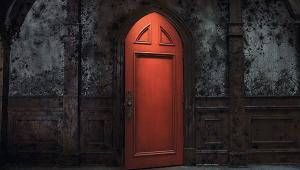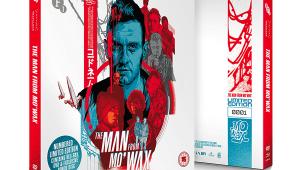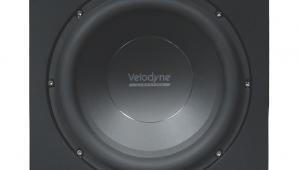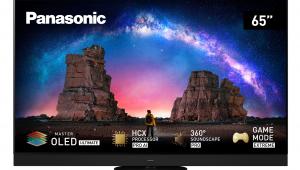Masters of movies
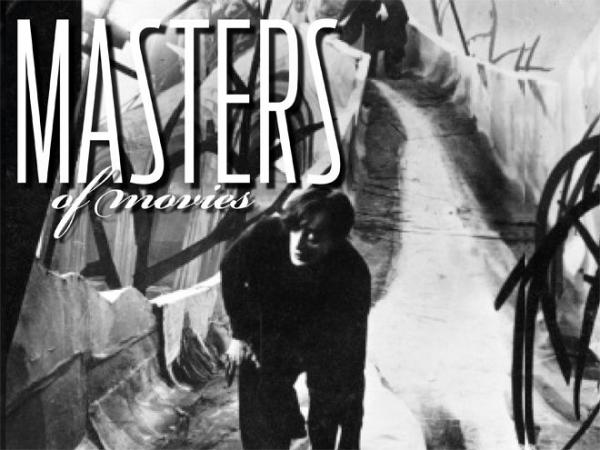
First through DVD and now via Blu-ray, Eureka's Masters of Cinema label has aimed to furnish film fans with high-quality releases of classic titles. We spoke to Director of Production Craig Keller about the company's plans for 2015, sourcing new releases and its #100 Masters of Cinema Blu-ray, legendary Holocaust documentary Shoah...
Congratulations on the release of the 100th title in the Masters of Cinema Blu-ray lineup. Was there ever any doubt that the range might not make it this far?
I wouldn’t say there were doubts that the Series could reach the milestone of 100 releases within its Blu-ray line, but it wasn’t at all clear several years back that Blu-ray as a format would pervade the mainstream to the extent that it has. That was back in the era when HD displays and Blu-ray players themselves were relatively pricey. Now you can purchase a decent player, either domestically or overseas, for something like thirty or forty quid. And cathode-ray-tube/rear-projection sets, for all intents and purposes, don’t even exist anymore!
Was any extra thought put into deciding which film would feature the '#100' spine number or was it just treated as a regular release? And if it was a considered decision, what made Shoah the best candidate?
We knew that we’d be working on the Blu-ray set with Shoah and the accompanying films from around the time of Cannes 2013, and we finally solidified the inclusion of The Last of the Unjust this past festival – which I’m thrilled about because the release collects completely this cycle of Claude Lanzmann’s work. So the timing worked out that, based on our schedule and number of acquisitions, Shoah (and Four Films After Shoah) would be close enough to that landmark “#100” spine number that we could reserve #100-104 specially for the release.
Additionally, there’s some flexibility with the spine numbering; it doesn’t adhere to a direct chronology of dates-of-publication, but rather we sometimes take into account whether or not a certain film we know is coming down the pike will create some kind of ‘dialogue' sitting next to another movie with the next spine number...
As far as its having been a considered decision, it was something of a no-brainer: its epic scope, and the fact that it’s one of the greatest films ever made, made it an easy choice.
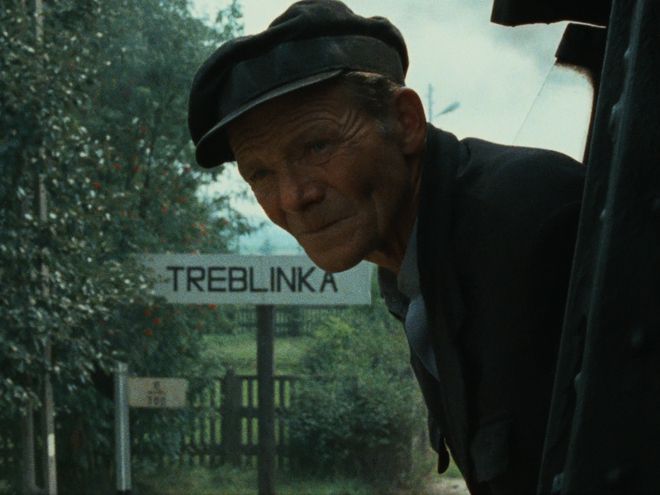
Did Shoah’s nine-hour running time and 16mm origins present any technical challenges when it came to preparing the Blu-ray release?
The length of the film means that the quality-control process was extremely intensive. And throwing in the fact that there are four other films, one of which, The Last of the Unjust, runs nearly four hours on its own… It’s a daunting undertaking.
Aside from that, there’s the issue of the subtitles. Of course, they already existed for our previous DVD release of Shoah, but again, with four other films thrown in the mix, proofing them, making sure the spotting (the onscreen appearance and duration of each line) is accurate, is a lot of work. QC inspector Michael Brooke did an above-and-beyond job working on this project.
And here’s what David Mackenzie, who did our Blu-ray authoring, has to say about the process: “The gigantic amount of footage per disc was a huge challenge. This would have been difficult in most normal circumstances, but the difficulty was amplified by a few other things. First of all, Shoah was shot on grainy 16mm film. Second and third of all, the scanned image (grain and all) was very sharp because the transfer was done from the original camera negative on a very high quality film scanner (ARRISCAN). That made fitting it all onto two discs a tall order.
“I arrived at the end result in a few ways. I already started with the world's best AVC encoder, which by itself resulted in better compression quality than the previously available version. Since we only had a few months until release, I also brought in new machines that would sit in the corner of the room cranking out different versions, to allow us to do in-depth comparisons and later figure out what combination of encode parameters worked best - literally applying a huge amount of processing power to the problem. Lastly, we used a version of the encoder that had been modified specifically to better deal with coarse film grain.”
Is there a criteria for a title appearing as part of the Masters of Cinema range? For example, what makes Rapture a ‘Eureka Classic’ title, but Simon Killer a ‘Masters of Cinema’ release?
To tell the truth, the line between Eureka Classics and Masters of Cinema is often pretty porous with some titles. We just make a judgment call or go with our gut. There’s definitely an argument that could be made that something like Rapture or Violent Saturday could be MoC. But even if they don’t wind up under the MoC label proper, we’re really proud of those editions, too.
As for why Simon Killer is an MoC release – it’s a great film by a director, Antonio Campos, who has a very interesting vision, and I think it’s a perfect indicator of a certain moment in late-2000s/early-2010s cinema in terms of directorial aesthetic, concerns with interactivity and isolation, and its relationship, both in setting and its own production, to this era of globalisation.
Brady Corbet and Mati Diop are also excellent actors (and filmmakers in their own right) on the rise. And given the recent events in Paris, with the attacks on Charlie Hebdo and the kosher market, it’s perhaps even more relevant than ever, with its examination of these 'exchanges' and 'circulations' that are taking place in the city of Paris. We like to highlight new and interesting films whenever our schedule allows. That means contemporary along with older films. Criterion does an excellent job providing a cross-section of this variety. It’s important to see cinema as a vital, living artform. To contradict Lumière, I see the cinema as an invention with a future.
Do you hope that one day all the titles released in the MoC DVD range will make it to Blu-ray?
It’s unlikely that all of the DVD series will eventually make it to Blu-ray; both for the reason that it could be decades before certain pictures are ever revisited by a laboratory for restoration, and because our licences for several titles have expired a while back. But I can say that there will be a fair amount that will get the upgrade to Blu-ray.
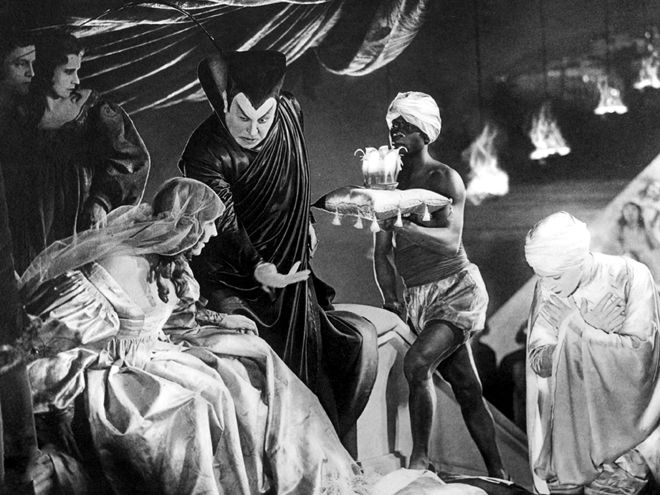
The range has been one of the leading players in bringing silent films to Blu-ray. What is it about the format that makes it such a great home for silent films – and have you been surprised in any way by the reaction those titles have received?
I guess ’surprised’ isn’t the word, but delighted, definitely. The cinema began silently; the sheer number of innovations in the era from the 1890s up through the 1920s is staggering. And silent films retain an implicit quality of poetry, no matter how bad the film.
Blu-ray allows these films to be resurrected again in all their visual splendour, and not just languish in the, let’s face it, popular collective conception that silent films are blurry, washed-out, the product of beat-up prints, jerky frame rate… I have to believe that anyone who sees our discs of Couer Fidele, or Die Nibelungen, or Faust, or Das Cabinet Des Caligari, can’t help but be at least a little awestruck at the beauty of those restorations.
In the past you’ve done deals with the likes of Universal and Paramount, allowing you to license the likes of Touch of Evil and If.… to the Masters of Cinema range. How approachable are the major studios to these kinds of licensing deals when it comes to back-catalogue titles?
It depends on the studio. We’ve cultivated relationships over the years, and I think we’ve done good work with their films, and expect to collaborate more in the future. The studios are transforming, and what would once be ancillary income (DVD and Blu-ray) is, within their corporate frameworks, seen as something of a loss-leader because they’re not bringing in their own quotas for profit margins. That’s certainly good for us, or Criterion, because we exult in being able to do substantive editions of these films.
We’re sure there are many titles you’d love to be able to license, but if there were no restrictions is there one that stands above all others?
Rediscoveries of the uncut Greed [1924] and The Magnificent Ambersons [1942] would be up there… but this is highly, highly unlikely. Off the top of my head, if there was one release that I would pursue, given no restrictions, it would be the Stanley Kubrick films from Lolita up through Eyes Wide Shut.
We would take a very different approach to the way they’ve been previously handled. I saw that they’re coming out on Blu-ray again, with nothing much having changed in the way they're being presented.
There’s an opportunity to really go deep on those films, to discuss them intensely — or, to put it in Kubrick’s own words when he’d joke about his hours-long telephone sessions, subject them to 'rigorous intercourse.' Those films are masterpieces, and it would be terrific to show all the things that’s going on in them; they’re endlessly watchable. Especially, in my opinion, the final four: Barry Lyndon, The Shining, Full Metal Jacket and Eyes Wide Shut. They’re as inexhaustible as [Hitchcock's] Vertigo.
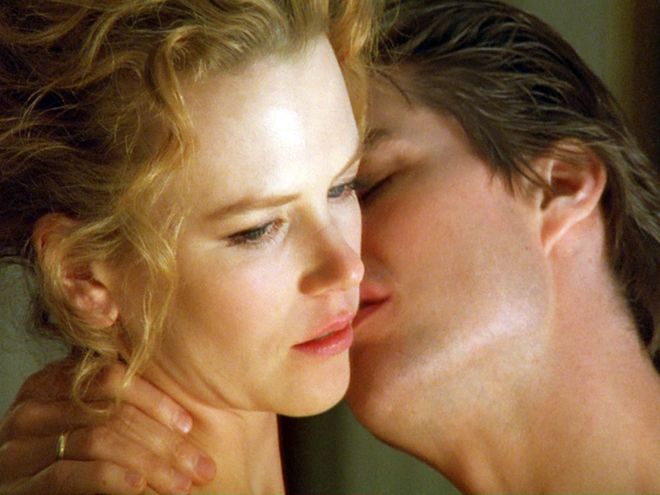
You’ve utilised Steelbook packaging on select titles like Nosferatu and Metropolis, as well as producing larger boxsets like Martin Scorsese Presents: World Cinema Project Vol. 1. What are the benefits and/or problems when taking these alternate approaches to releases?
It’s just nice to have a beautiful or well-made object in your hands sometimes. I think this is one reason why vinyl is experiencing such a massive resurgence. It’s relatively straightforward to design for either format, but the only thing that gets tricky with the boxsets is having to lock in a definite page-count for the perfect-bound book, so that the printer can provide the precise templates for the book’s spine, and the dimensions of the box.
So even while you’re still editing the booklet or discovering new content, you’ve got to adhere to the page count that you’ve given the heads-up on. Both SteelBooks and boxsets generally require a greater lead time as well.
Does Eureka have an eye on an eventual 4K Blu-ray standard? Are you currently working with 4K scans?
There have been 4K restorations on some of our titles (e.g., Les Misérables [1934] recently), but the masters we receive are in the resolution appropriate to Blu-ray, 1080p. I feel like we’re only just getting momentum on the Blu-ray format as it stands. In my mind, if 4K really wants to shine, the films have to be projected on a screen.
Does this mean eventually we’ll all have a screening room in our homes? I doubt it. That said, I have taken a look at the Apple iMacs with 5K Retina Display, and they are a thing of beauty. It’s also a screen that your face is only maybe a foot and a half away from when you’re using it...
Finally, how do you respond to claims that physical media platforms like Blu-ray and DVD are dead and that consumer focus has shifted to video-on-demand and streaming services?
I would respond by saying they’re no more dead than physical books, vinyl LPs, etc. Streaming is here, but there’s no unified platform, and everyone is still figuring it out.
The vagaries of presentation are such that there’s virtually no guiding curatorial intelligence or coherent user-interfaces; most so-called Smart TVs are not that smart when it comes to user experience (you could make around 80 button-clicks on your remote before you play the movie you want to watch); and contracts/licencing/royalties are, relative to physical, not that lucrative for the parties involved, unless you’re going way out on a ‘long tail’. Still, you always want to make sure you hold the digital rights on your licences, for fairly obvious reasons.
As for truly independent films that make it to streaming platforms, the artists/producers involved can be pretty much guaranteed they’ll see pennies, if that — à la Spotify and artists who might enjoy only a small audience. It’s unfortunate.
 |
Home Cinema Choice #351 is on sale now, featuring: Samsung S95D flagship OLED TV; Ascendo loudspeakers; Pioneer VSA-LX805 AV receiver; UST projector roundup; 2024’s summer movies; Conan 4K; and more
|







